41 sand in well water
sand in well water | Terry Love Plumbing Advice & Remodel ... The well should not pump sand. Putting a screen down into the two inch will not work either. The screen has to be in the water vein so water can flow to it. When you fill the pipe in the well with sand you will only have a 2" opening for the water to filter through into the screen. You may get a teaspoonful per minute. Driven Sand Point Well Advantages and Disadvantages A sand point well, otherwise known as a Driven Point Well, is a shallow source of water gotten from parts of the ground with a high water table and an area surrounded and filled with sandy soil. This water source is extracted from not more than 25ft below the ground, making it the cheap and easy method for off-gridders.
Well Drilling in Sand - drillyourownwell.com First Technique for sand: WASHING DOWN A WELL SCREEN This technique involves using two pipes at onces. You use a small pipe to wash down a larger pipe. Take a 2.00 inch PVC pipe and a 1.25 inch PVC pipe and cut teeth on the bottom end of both. First let's talk about the 2.00 inch piece.

Sand in well water
My Well Is Pumping Sand. What Might Be the Cause? Getting sand in a well can cause problems. In addition to being an unpleasant surprise in the water you use at home, it also can harm your well. Sand can wear down your pump and can clog pipes. As a result, it is important to keep sand from being pumped out of your well. There are many different reasons why sand can get into your well water. Water Problems - Get the SAND OUT of your Water! Get the SAND OUT of your Water! Posted on November 8th 2012. If you have sand in your water, you need our Care Free Sand Remover with automatic purge valve! We often have customers tell us that they have sand in their water which is plugging up their pipes and water-using appliances and especially clogging up faucets and washing machine parts. Potential Well Water Contaminants and Their Impacts | US EPA Water run-off from rainfall or snow-melt can contaminate private wells by washing microorganisms into the well system or seeping underground. Leakage of waste from underground storage tanks and effluent from septic leach fields can reach a water source and result in microorganisms being present in water wells.
Sand in well water. empirepumpinc.com › residential-well-services › howHow to Get Rid of Sand in Well Water [Best Methods] Jan 07, 2020 · For residential and commercial land owners that depend on well water for survival, a common enemy is the discovery of sand in the well water. Not only can sand get caught in the pump, but sand clogged inside the water lines and storage tank can lead to multiple problems beyond the reduced taste of the well water. › blog › how-to-solve-lowHow To Solve Low Water Pressure When on a Water Well Water pressure is the term used to describe the force behind the water that pushes it through the home plumbing system. If the house uses public water, water pressure is controlled by the municipal water system, but for homes with a private well, water pressure is controlled by settings on the well pump. Problems from Sediment in Your Home's Water | EasyWater If you've noticed sand or dirt clogging your faucet aerators, or your home's water and ice is looking a bit dirty or murky, then it's likely you have sediment in your water. While this can be a nuisance to deal with, the greater concern is its impact on your plumbing and water-using appliances. › best-sediment-filters-for12 Best Sediment Filters for Well Water Reviewed & Rated 2022 Feb 07, 2022 · The Culligan Whole House filter can remove sediment and sand, dirt and silt from the well water supply. The filtration system can help ensure that your loved ones will get a fresh and clean water supply. I also liked that this filter can help us prevent any damage to the plumbing lines.
Sand in ground water and well casing (wells and springs ... Could you flush the sand out periodically? (By placing a smaller hose/pipe in the well pipe and forcing enough water into it, that the uprise of the water is higher than the speed at which the sand falls down.) Alternatively maybe a pump that tolerates sand? And then separating it above ground in a big tank? James Freyr steward Posts: 4628 Why do I have sand in my well water? Sand or sediment in your well water is a common problem for many homeowners. This issue can have several causes including a lowered water table, pump depth, or failure of various well components such as the filter screen or the well pump itself. Click to see full answer. Hereof, what causes sand in well water? Sand In Your Well Water? Here's Why - And What To Do Sandy water can be the result of improper well pump placement. Pumps are usually installed at least ten to twenty feet above the base of the water well. Yours could be down too low, drawing in sand from the well's bottom. The Water Well Wasn't Properly Developed After a private well is drilled, it needs to go under a process known as development. What Causes Sand in Well Water? - Reference Sand in a water well indicates silt and sand filling in the bottom of the well, degradation of the filter screen, too large a pump, or the pump being located too close to the bottom of the well. A well technician is able to help owners find solutions to these problems. Over time, sand and silt infiltrate the well and settle to the bottom.
DIY Sand Point Water Well in a Day - Well WaterBoy Products Sand points are used in coarse sand or gravel. In clay, earth augers function best. Where stone or hard formations exist, or water is very deep, wells are drilled. The water table, or upper level of saturated soil, fluctuates seasonally. In wet periods the water table may be above the surface. 10 Best Well Water Sand Filters Reviewed (Updated 2021) It is not uncommon to discover rust, silts, dirt particles, and even sand, lurking in your well water. The usual causes for the occurrence of sediments, such as sand, could be due to the improper development of well water and degraded water casings, among others. The challenge of removing sand can take a toll on homeowners with water wells. What causes black sediments in well water? (and How to get ... What causes black sediments in water from a well. Sediments like manganese, sand, silt, grit or rusts are caused by one of the following: low water table, wrongly placed pump, faulty filters. However, mineral deposits can be deposited into water aquifer through a natural process. This occurs when the walls of the aquifer collapse into the water. How to Remove Sand From a Water Well | eHow Step 1 Stop any entry point for sand to enter your well before filtering out the sand that's already in it. Purchase well casing from your local home and garden store and apply it to the well where the sand is entering, according to the well casing installation instructions. Video of the Day Step 2
Does Your Water Well Pump Sand or Grit? Know the Causes ... Yes, sand particles in your well water can damage your good pump, well fixtures, and well wall screening. Therefore, in order to avoid these problems and get clean well water, you must identify the cause and find an appropriate solution to the problem. Do you know how to do that? If you do not, then this post will help you through it.
en.wikipedia.org › wiki › Sand_miningSand mining - Wikipedia Sand theft or unauthorised or illegal sand mining leads to a widely unknown global example of natural and non-renewable resource depletion problem comparable in extent to global water scarcity. [8] [9] [10] Beach theft is illegal removal of large quantities of sand from a beach leading to full or partial disappearance of the beach.
Why is there sand in the bottom of my toilet tank? If sand is visible in the your water or the sand filtration system fills up quickly, you have a problem with the well itself and need to consult a well drilling contractor for a solution. The problem could be that the well is collapsing and filling with sand, or the filter screen is degrading.
What To Do When Your Water Well Begins To Pump Sand Or Grit Sand in water can lead to abrasive wear of the well pump, clogging, and premature replacement of fixtures, appliances, and your water treatment system. In private well water systems, often, what appears to be sand can actually be sediment or other particulate material from various sources.
Why Do I Have Sand In My Water? - curriedrilling There are many reasons that could cause sand to appear in your water, here are a few of those reasons: 1. Construction of the Well When a water well is constructed, it is packed with gravel. It is essential to choose the correct size of gravel. The gravel pack serves as a sand filter, so if the gravel is the wrong size, that would cause the sand to enter your water.
Treatment for Sand in Well Water | Nation's Pure Water Systems Dirt and Sand in Well Water One of the first issues with sand is properly identifying it as sand. Sand is silicon-dioxide. It is the same sand one will find on most beaches by the ocean. Dirt, soil or even suspended iron particles are often confused with sand or categorized improperly as sand. Water Treatment Solutions
Black Sediment In Well Water: (What It Is and How to Fix It) What Causes Muddy Well Water. As stated before, having black water may not just be from manganese or minerals in your well water. Those black particulates could be silt, or sand, which a prefilter will take care of, and it may just simply be a temporary issue. There are a few reasons why you may be getting sediment or muddy well water: 1.
Water Well Problems? 7 Well Water Warning Signs How to ... Other causes for sand in water can be that the well screen has become degraded and allows sand or sediment in from the gravel pack around the well screen. Sand can quickly wear out the pump valves and fill up the bottom of the well with sand. In any case, a sudden presence of sand is not a good sign, and troubleshooting is required.
Sand in well water - Ask Me Help Desk Pumps, when starting, can stir up a lot os silt and sand. Depending on the pump depth, you may be able to raise the pump 5-10 ft. and still have good water supply. How deep is the well? Changing the pitless adapter shouldn't effect the sand, the adapter is at the top of the well. ma0641. View Public Profile.
› blog › what-size-wellWhat Size Well Pump Should I Buy For My Water Well The shallow well pumps use a single pipe to draw water from about 25 feet. Deep well jet pumps can draw water from more than 100 feet and use a two pipe system to draw water from the ground. Centrifugal pumps consist of one pipe inserted into the water column at a shallow depth, usually no more than 25 feet. The pump then sucks water from the ...
How to Remove Sand from Well Water Using Different ... The water from the well is directly ensued through the separator, which pushes sand, large particles, sediments, and debris to the separator wall. These sediments and particles are further pushed downward to the spin trap plate, which is located in the holding chamber.
yourproplumber.com › black-sediment-in-well-waterBlack Sediment in Well Water and How to Remove Sediments Guide On the other hand, sand in the water may indicate that the well is filled with sand or that the pump is too strong. The dirt in well water can be another issue as well. Also, a pump that is too deep in the well can cause sand in the water. A simple solution for out-of-place pumps is to move the pump to the surface of the black soot in well water.
› rapid-sand-filtersRapid Sand Water Filters | Water Treatment | Waste Water ... Jul 26, 2014 · The Rapid Sand Filter (RSF) water treatment equipment differs from the Slow Sand Filter water treatment equipment in a variety of ways, the most important of which are the much greater filtration rate and the ability to clean automatically using back washing. The mechanism of particle removal also differs. Rapid sand Water filter does not use biological filtration and depends primarily on ...
How Does Sand and Sediment Enter My Water Well? Construction of a new well: When a new well is drilled, it can temporarily produce sand and sediment in your water. The particles that remain after construction are easily removed by flushing the well, sometimes requiring an extended period of time. In dug wells, this material will give the water a cloudy or muddy appearance.
Clean Well Water Report: Your Well Is Pumping Sand.. What ... Through time the well screen can become deteriorated as well as corroded and allow silt and/or sand to enter the well. Sometimes the well pump may be too big a pump for the well and draw sand or grit in from the adjoining water table. Sand can be very hard on the well pump and can rapidly wear out the pump, fill the base of the well.
Potential Well Water Contaminants and Their Impacts | US EPA Water run-off from rainfall or snow-melt can contaminate private wells by washing microorganisms into the well system or seeping underground. Leakage of waste from underground storage tanks and effluent from septic leach fields can reach a water source and result in microorganisms being present in water wells.
Water Problems - Get the SAND OUT of your Water! Get the SAND OUT of your Water! Posted on November 8th 2012. If you have sand in your water, you need our Care Free Sand Remover with automatic purge valve! We often have customers tell us that they have sand in their water which is plugging up their pipes and water-using appliances and especially clogging up faucets and washing machine parts.
My Well Is Pumping Sand. What Might Be the Cause? Getting sand in a well can cause problems. In addition to being an unpleasant surprise in the water you use at home, it also can harm your well. Sand can wear down your pump and can clog pipes. As a result, it is important to keep sand from being pumped out of your well. There are many different reasons why sand can get into your well water.

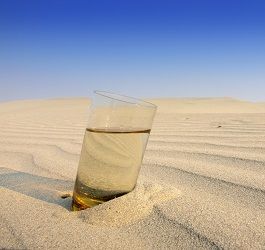
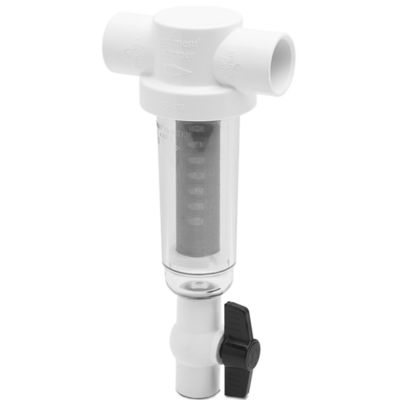

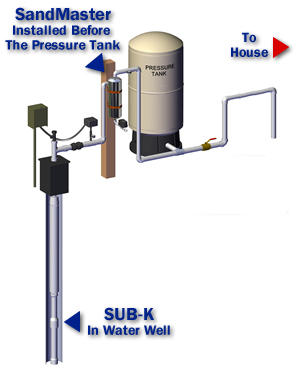


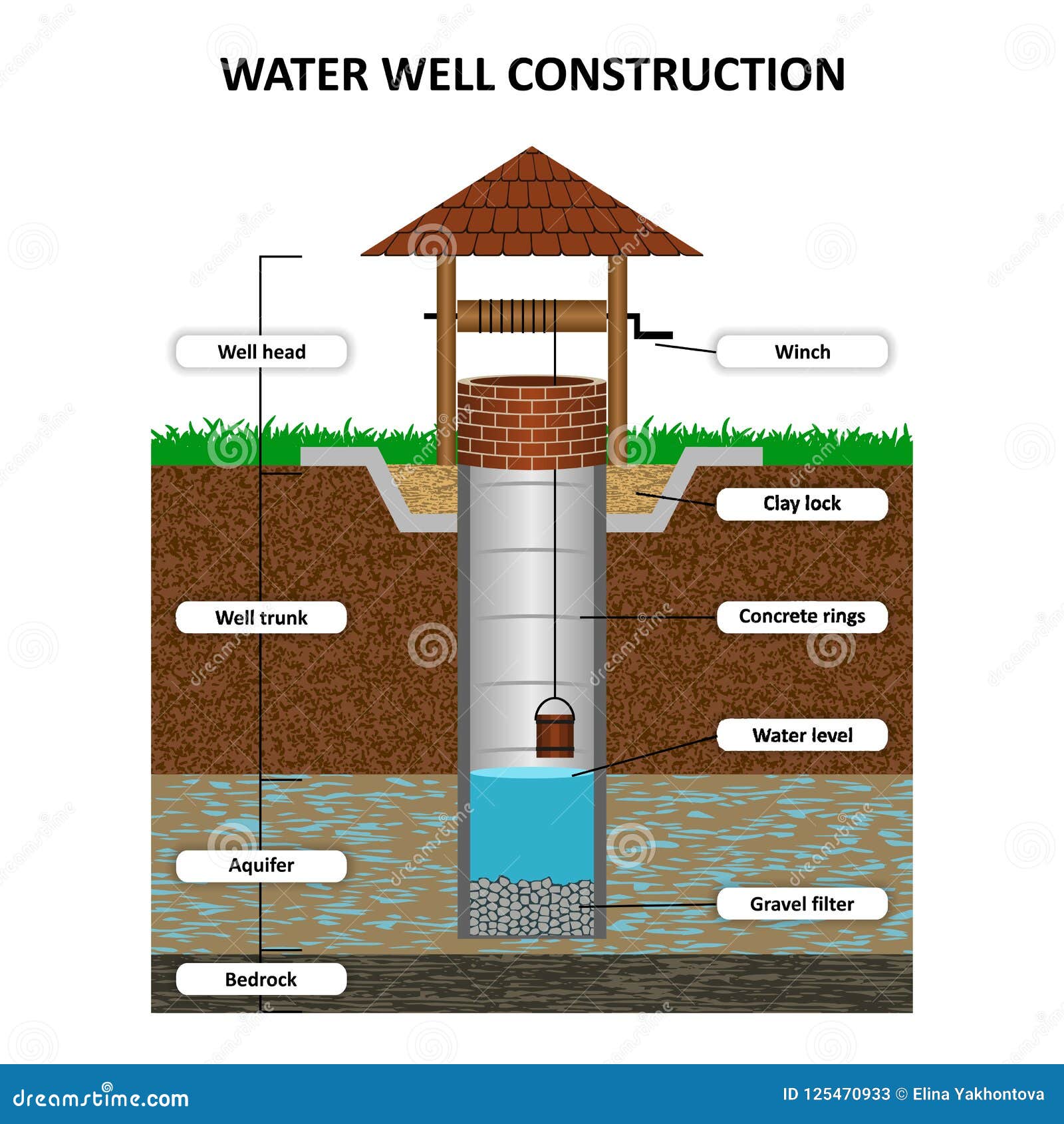

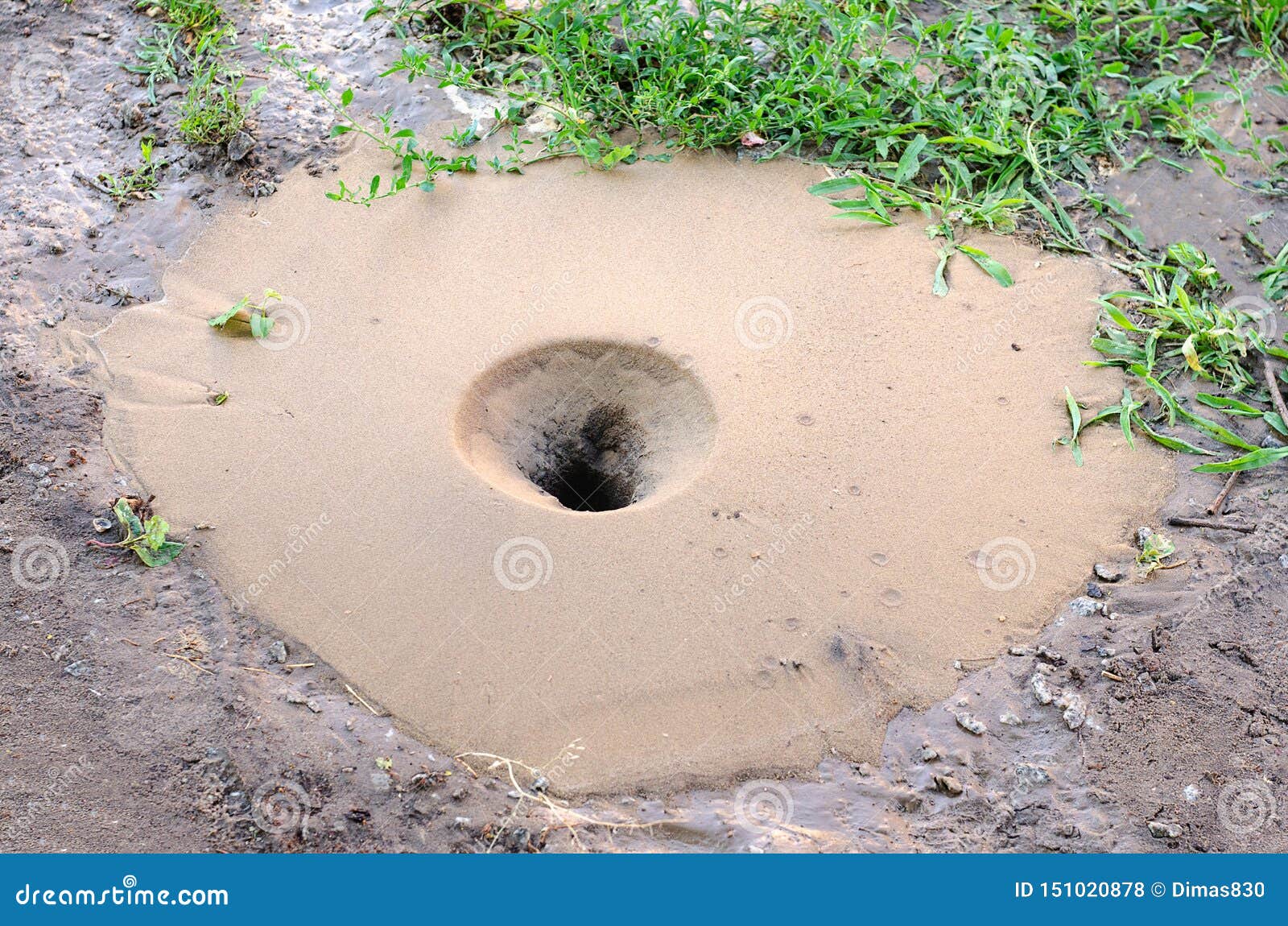














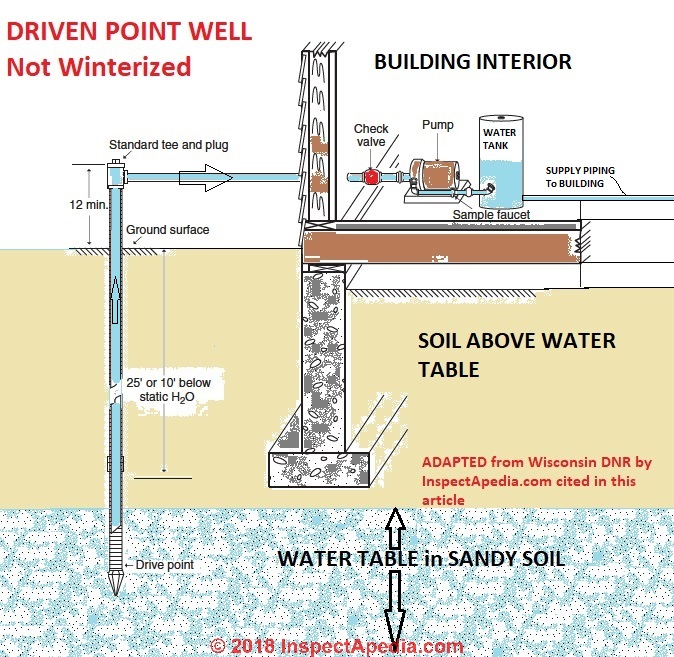
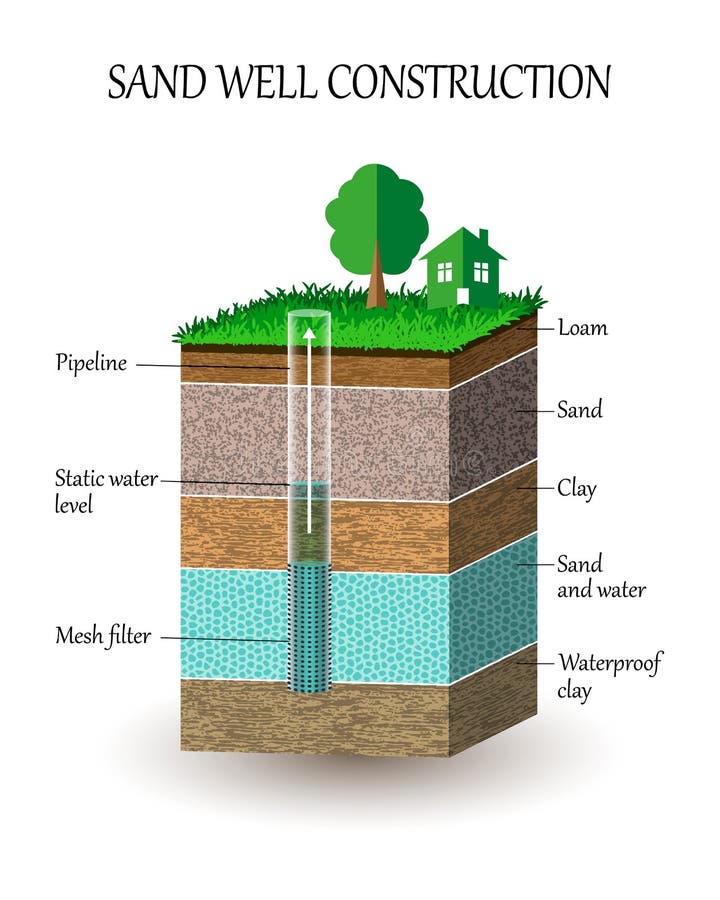






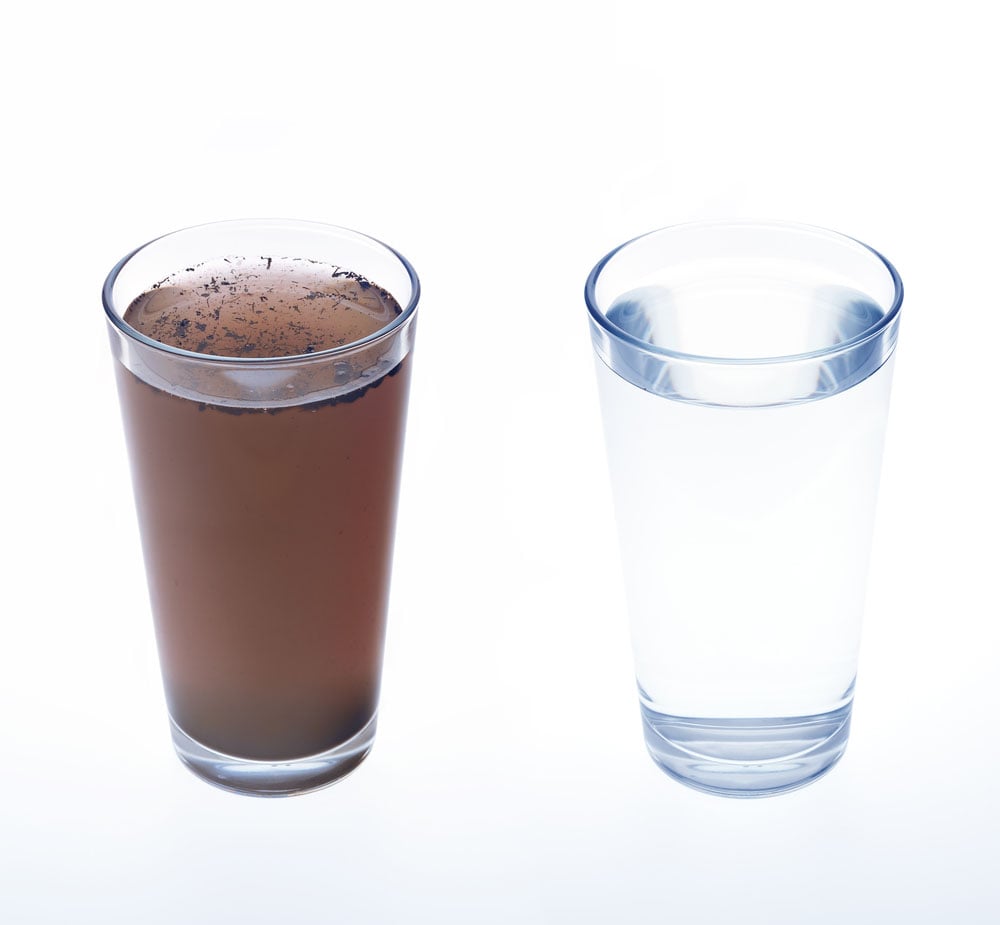

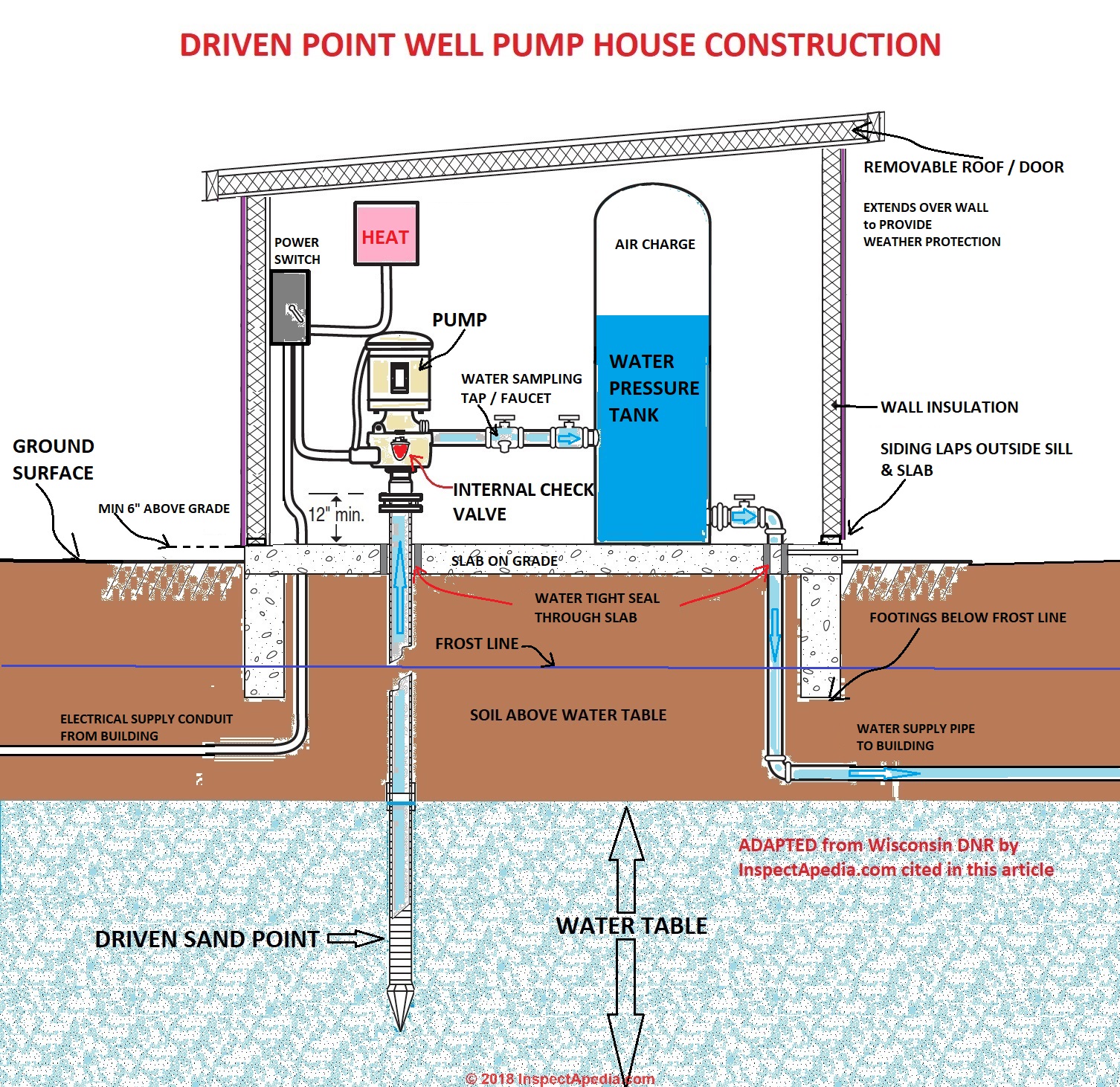
0 Response to "41 sand in well water"
Post a Comment